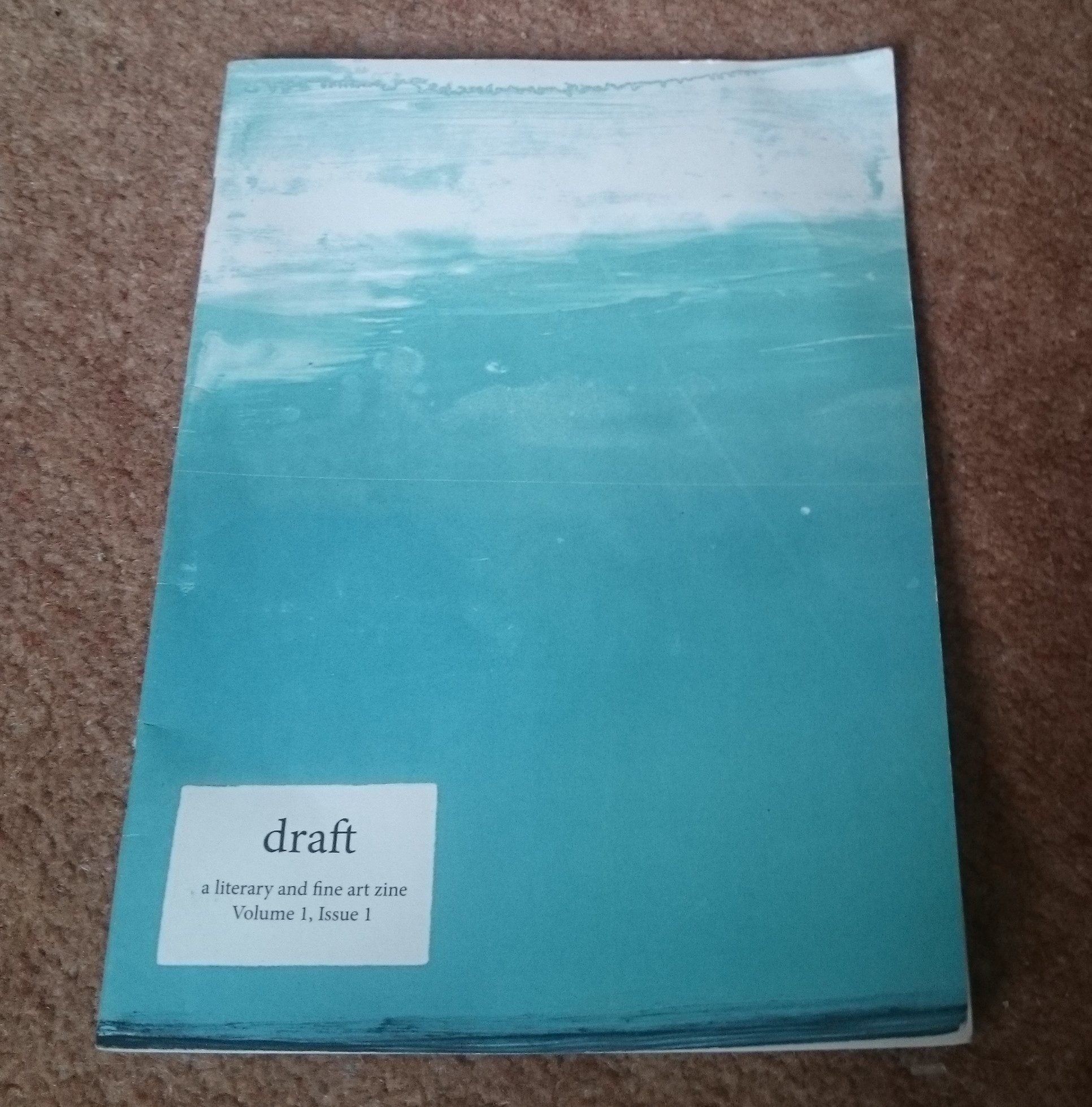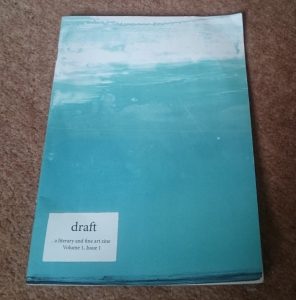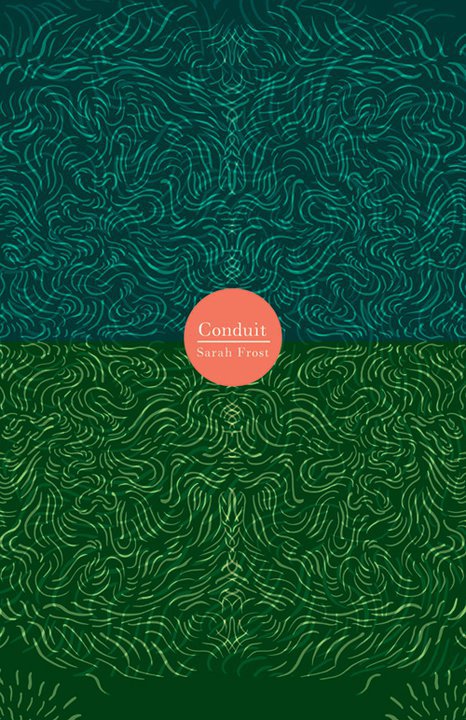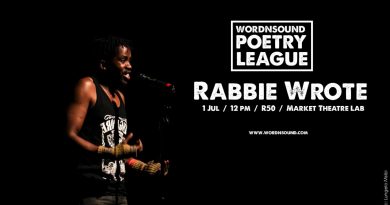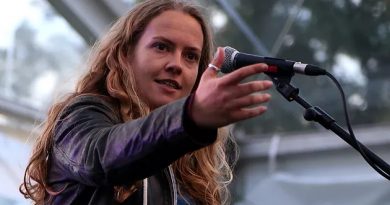draft #1
-Reviewed by Claire Trévien–
draft is a new literary and fine art zine created by Magdaleen du Toit as a ‘platform for young creative people’. It’s beautifully printed on recycled paper with cover art by Anico Mostert and is very reasonably priced at 25 Rand (roughly £1). In the tradition of zines, you’d struggle to find a trace of its presence online, this copy I picked up at the Book Lounge.
As with any zine created and edited by young artists, there is going to be some necessary roughness. This is part of the charm of zines of course, finding diamonds, seeing the potential. In this spirit, this review will concentrate on the highlights of draft.
The standout piece of the issue is Julia Chaskalson’s long poem ‘// grandmother //’. The idiosyncratic framing of the title and the poem’s provocative start (‘What is a womb to my grandmother? // The sickened flesh of her mother // forever imprinted in places she won’t / remember’) earn themselves. Take arresting observations of this type:
She eats like she walks
little pieces only
not enough to colour
the space in between the lines.
Even her breathing is monochrome.
The poem is double-spaced throughout, with some lines clotting into almost-stanzas, and a mid-poem interruption of bold: ‘// watercolour and ink //’. These stylistic choices are more distracting than effective in this poem, but I would be intrigued to see how Chaskalson’s evolves them in the future.
I’ve started to notice a trend in South African poetry for ending with the title (which is sometimes part of the poem itself). It’s an interesting reversal of the common trend of bolding the first line into a title. This is the case with Laura Ritchie’s ‘The difficult gift’, and editor Magdaleen du Toit’s ‘Speaking in Tongues’. The stronger of the two is du Toit’s, a keyhole-shaped poem that explores the ever-pertinent relationship between language and identity:
Now when someone asks me
“Exactly how Afrikaans are you?”
It is a question of
How do I measure
The being of myself
Overall, the prose is less compelling than the poetry, with the exception of Ruth de Cerff’s stream of consciousness ‘Imaginary Girl’, but the artwork is of a generally high standard. Beyond Anico Mostert’s simply effective cover, Marolize Southwood’s photography, with its distorted close ups of stationary, is intriguing. The diversity of media in this issue is to be praised, monoprints sitting alongside woodcuts and pen and ink drawings.
A promising first issue for draft, which I hope will go from strength to strength. Young artists wishing to submit to future issues should email [email protected]

